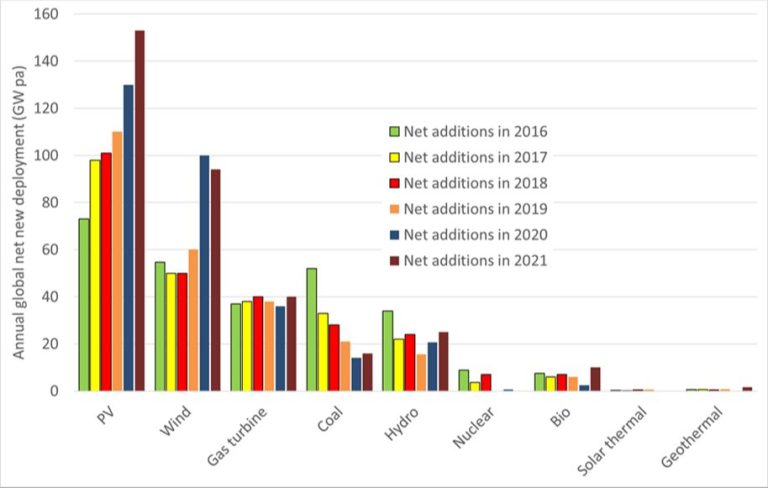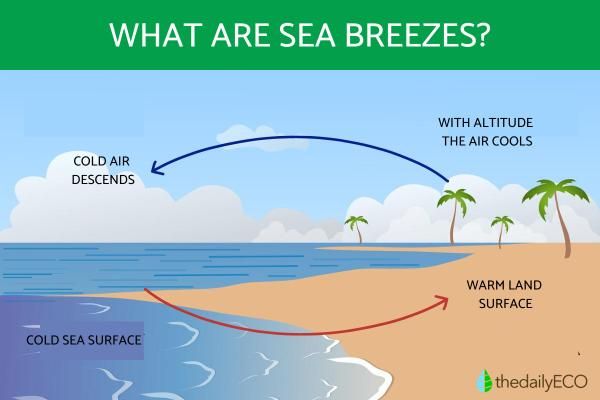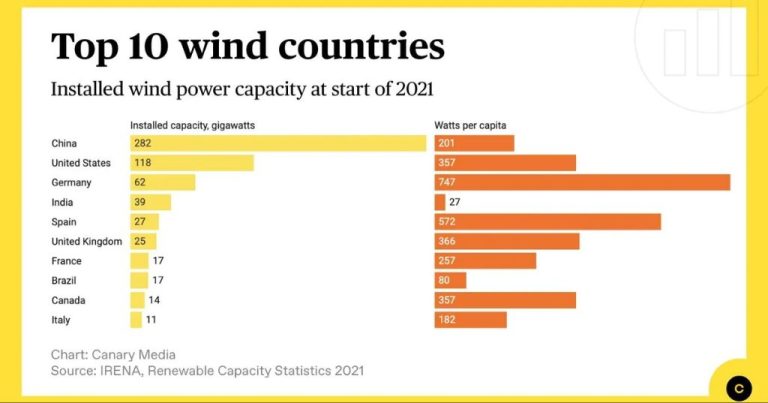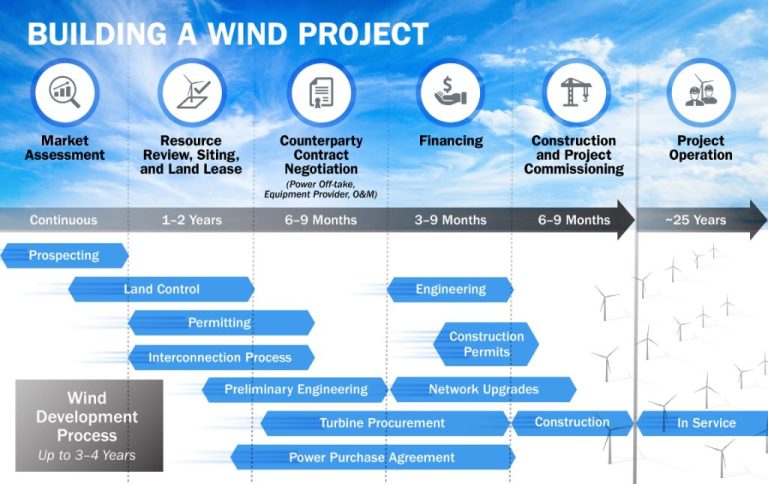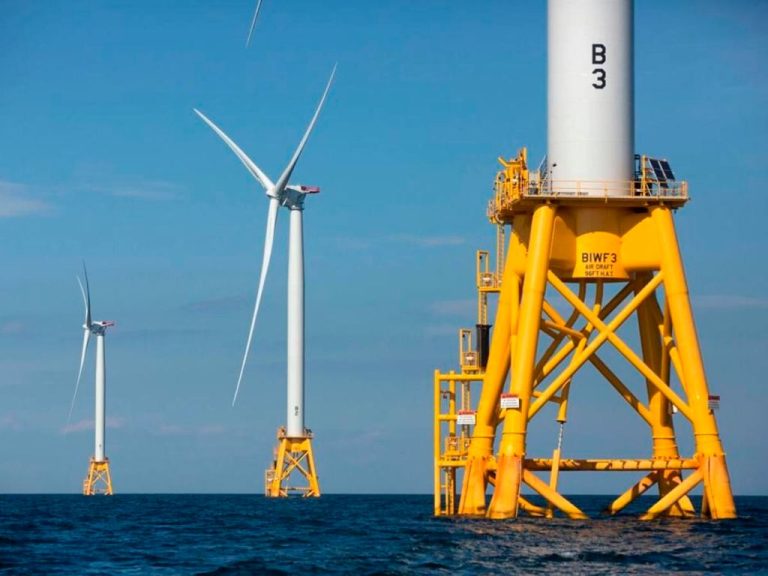Is Renewable Energy Reliable

Renewable energy technologies harness naturally occurring sources of energy, such as sunlight, wind, water flow, and geothermal heat, to generate electricity.
Reliability refers to the ability of a power system to supply electricity in a stable manner. A reliable system has enough capacity to meet demand, prevents major disruptions from extreme weather events or equipment failure, and restores power quickly when outages occur.
The key question around renewable energy is whether it can provide reliable electricity in the same way as conventional power plants that run on fossil fuels. Renewables such as wind and solar power are weather-dependent and generate electricity intermittently. However, technological advances, grid integration solutions, and geographic diversity are helping overcome these challenges. Experts argue that renewable energy can be just as reliable as traditional electricity when taken together as a whole system.
Intermittency of Renewables
Renewable energy sources like solar and wind are considered intermittent because their power output varies based on environmental conditions. Solar panels only generate electricity when the sun is shining, and wind turbines produce power when the wind is blowing at sufficient speeds. The availability of sunlight and wind can change frequently due to factors like weather, time of day, season, and location (EnergyX).
This variability, also referred to as intermittency, means renewable generation may not perfectly coincide with electricity demand at all times. Solar generation drops off when the sun sets in the evening, which is typically when demand peaks (BPA). Output from wind turbines can also be intermittent on shorter timescales with sudden wind speed variations.
The intermittent nature of solar and wind presents challenges for integrating high shares of these renewables onto the electric grid. Additional system flexibility is needed to match supply and demand reliably when relying on variable generation sources (Jacobson 2022).
Advances in Technology
One way technology addresses the intermittency of renewable energy is through advancements in battery storage. Larger-scale batteries, like lithium-ion, allow excess electricity generated from renewables to be stored and deployed when production falls. According to Advancements in Energy Storage Technologies Addressing the Challenge of Intermittent Power Supply, storage provides grid operators “greater ability to smooth out the delivery of power generated from renewable sources and align it with electricity demand.”
Improved forecasting has also helped deal with variability. Sophisticated weather prediction models can now forecast renewable output days or weeks in advance. This allows grid operators to plan ahead and schedule backup power accordingly. Upgrades to the grid itself, like new transmission lines, allow electricity to be moved more flexibly between regions. According to Meeting the Challenge of Renewables Intermittency, this geographic diversity helps smooth out intermittency.
Capacity Factors
The capacity factor is a measure of how much energy a power plant actually produces compared to its maximum possible output. It provides an indication of the reliability and consistency of different energy sources.
According to the U.S. Energy Information Administration, in 2020 the average capacity factors in the United States were: [1]
- Natural gas: 56.8%
- Coal: 40.2%
- Nuclear: 92.5%
- Wind: 34.8%
- Solar PV: 24.5%
This shows that renewable sources like wind and solar have lower capacity factors than fossil fuels and nuclear. The intermittency of wind and sun availability means renewables don’t produce at their full potential output consistently.
However, capacity factors for renewables are improving with better technology. For example, onshore wind capacity factors increased from 30% in 2009 to 35% in 2019. [2] And solar PV capacity factors doubled from about 12-14% in 1998-2011 to over 24% by 2020. [3]
Grid Resilience
Renewable energy sources coupled with energy storage can improve the resilience and reliability of the electrical grid. By decentralizing energy production across many small-scale renewable generators instead of large centralized power plants, grid operators gain flexibility to isolate problems and reroute power as needed. This limits the impact of potential disruptions. Energy storage like batteries can provide backup power when renewable resources are intermittent. According to the National Renewable Energy Laboratory (NREL), integrating high levels of renewables with energy storage and grid modernization technologies can create highly resilient decentralized grids.
In a 2021 study, NREL and Siemens simulated a resilience-oriented 100% renewable grid and found it could power through a polar vortex event with shorter and fewer outages than the conventional grid. They concluded “the tools and technologies exist today to plan and operate very high renewable power grids in a highly reliable and resilient manner” (https://www.nrel.gov/news/program/2022/renewables-become-leader-in-grid-resilience.html).
Other analyses show that grids with high renewables avoid large-scale failures, better isolate problems, restore power faster after storms, and suffer lower losses during outages. Renewables’ geographic diversity protects against localized weather events and their modular nature limits failure points. Overall, renewables plus storage provide resilient, reliable electricity (https://www.americanprogress.org/article/renewable-energy-is-the-key-to-building-a-more-resilient-and-reliable-electricity-grid/).
Microgrids
Microgrids with renewables and energy storage can improve reliability by operating independently from the main grid during outages. Microgrids can disconnect from the main grid and function autonomously as “islands” to provide power continuity for consumers within the microgrid. This capability enhances resilience and prevents disruptions from cascading into the microgrid area (https://ieeexplore.ieee.org/document/9176792). One example is how microgrids with solar+storage kept the lights on in Puerto Rico after Hurricane Maria, while the main grid was down for months (https://www.sciencedirect.com/science/article/pii/S2352484723012763). Microgrids can also resynchronize and reconnect with the main grid after an outage, enabling a smooth transition back to grid power. The combination of generation from intermittent renewables and storage helps balance supply and demand within the microgrid.
Geographic Diversity
Geographic diversity of renewable energy generation improves reliability by reducing the variability and intermittency issues associated with wind and solar power. By distributing wind and solar farms across a wide geographic area, regional weather events are less likely to impact all sites simultaneously. This minimizes correlated power drops across the entire system. According to a NREL study, geographic dispersion of just four wind sites across 850 miles could allow for 35-50% reduction in the variability of wind power generation[1]. The wider the geographic diversity, the greater the smoothing benefits on renewable generation profiles.
Large interconnected grids with high voltage transmission lines also enable renewable energy to be shared across regions. Excess generation from a windy location can be transmitted to compensate for a drop in solar output elsewhere in the system. According to an analysis by GE Energy, an integrated U.S. regional grid could allow over 30% renewable energy use without compromising reliability[2]. Overall, geographic diversity offers a powerful way to address intermittency through aggregating uncorrelated renewable resources over large areas.
[1] https://www.nrel.gov/docs/fy12osti/54707.pdf
[2] https://www.enelytix.com/Content/downloads/transmission_to_capture_geographic_diversity_of_renewables_chang_5614.pdf
Forecasting
Accurate forecasting of renewable energy production is crucial for optimizing the integration of renewables into the electrical grid. As renewables like solar and wind are weather-dependent, being able to accurately predict their output allows grid operators to better balance supply and demand. There have been significant improvements in renewable energy forecasting methods and models in recent years.
New forecasting techniques utilize advanced statistical models, artificial intelligence, and increased observational data from weather stations and satellites. These have resulted in much higher accuracy, with solar forecasting models able to predict output within 5-10% of actual production. For example, ClimaVision utilizes machine learning and integrates over 80 weather model datasets for unmatched accuracy in solar forecasting, reducing forecast errors by up to 50%.
Higher resolution weather models, leveraging additional data from distributed sensor networks, have also improved localized wind forecasting. Models are also incorporating real-time production data from existing renewable plants to account for performance variability and component degradation over time. Overall, continued improvements in renewable forecasting will enable greater grid integration of renewables while maintaining reliability.
Sources:
https://climavision.com/blog/harnessing-the-power-of-accurate-forecasting-for-the-renewable-energy-industry/
https://www.sciencedirect.com/topics/engineering/renewable-energy-forecasting
Renewables in Practice
Many countries around the world are demonstrating that high levels of renewable energy can be successfully integrated into the grid without compromising reliability. For example, according to the Climate Council, countries like Denmark, Uruguay, Germany, Spain and Ireland already obtain 15-30% of their total energy from renewable sources. In 2020, Denmark generated over 60% of its electricity from wind and solar. Other leading countries like Costa Rica, Iceland and Norway produce nearly all their electricity from renewable sources thanks to ample hydroelectric and geothermal energy.
Studies have found that countries can scale up to extremely high renewable energy penetrations without impacts to grid stability. One analysis by WRI looked at places scaling wind and solar the fastest, with top performers reaching installed capacity growth rates of over 20% annually. With high-voltage transmission lines, large-scale storage projects, and advanced grid management technology, systems can distribute variable renewable generation across diverse geographies while balancing real-time supply and demand.
Conclusion
In summary, renewable energy sources like wind and solar are considered very reliable when their unique characteristics are properly managed. While they provide intermittent, variable output, advances in technology like forecasting methods, grid integration, energy storage, and geographic diversity are enabling much higher capacity and reliability. In practice, studies show that renewables reliably contribute a large share of electricity in many regions while maintaining stable grid operation. With continued innovation and grid modernization, renewables are poised to become the dominant and most reliable sources for power generation globally in the coming decades.

